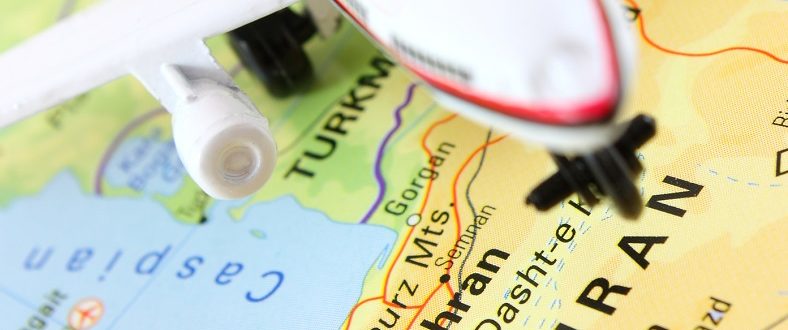As part of its pledge to relax sanctions against Iran, on July 29, 2016, the Office of Foreign Assets Control (OFAC) announced it was formally authorizing the re-exportation of commercial passenger aircraft to Iran by way of General License J.
The statement follows on the heels of the licensing policy OFAC issued back in January of 2016, after the International Atomic Energy Agency (IAEA) verified that Iran had implemented its promised nuclear-related commitments.
Unsurprisingly, this was welcome news to Boeing, who was quick to put the wheels in motion on a deal—purportedly worth upwards of $25 billion USD—with Iran. However, despite being one of the biggest trade deals between a U.S. manufacturer and Iran in recent memory, it might never reach its destination if the U.S. House of Representatives and Congress have their way, for both have taken significant steps to stop the transaction before it leaves the departure gate.
We’re agreeing to what now?
Congress’ concern that the aircraft will be used to bolster Iran’s armed forces and its sponsorship of state terrorism aside, the criteria recently set out in General License J might in itself be enough of a deterrent to prevent any deal from successfully moving forward.
Firstly, as the rules only apply to re-exporters by non-U.S. persons, the aircraft must be registered in a country other than the United States, Cuba, Iran, North Korea, Sudan, or Syria. That is just one of many tricky conditions involved in the operation, not the least of which is that the burden of complying with the rest of the criteria falls almost exclusively on the re-exporter.
Here are just a few examples:
- The hiring and firing of the cockpit crew falls on the re-exporter. This seemingly saddles the re-exporter with any liability should Congress’ aforementioned concerns come to fruition.
- Principal maintenance on the aircrafts must be done by the re-exporter, with principal maintenance taking place outside of Iran and under the control of a party who is not an Iranian national whose primary residence is Iran. In the event that an aircraft is in such bad need of repairs it can’t even make it off the ground, this seems risky from both a fiscal and an OFAC-related sanctions vantage point.
- The airplane cannot be used to transport arms or related materiel, including defense articles, defense services, technical data that are controlled on the United States Munitions List (USML), or other controlled goods. While this clause is a no brainer, given that planes can be in Iran for up to 72 hours on a layover, guaranteeing that it won’t or can’t happen seems almost impossible.
Specifically with regards to the last point above, what doesn’t seem to be spelled out is just how liable a re-exporter could be should a breach occur. Will the re-exporter be fined? Face possible OFAC sanctions? Of course, this also assumes that Iran will continue to abide by the terms of the nuclear deal. To bring this topic full circle, one of the reasons Iran agreed to the make changes to its nuclear program in the first place was because they were promised they would be allowed to purchase new jets to improve their rapidly-aging airline fleet.
Only time will tell
This makes the current political landscape rather tricky. If the Boeing deal is eventually vetoed, it’s potentially one less incentive for Iran to keep its nuclear program peaceful. This is especially the case if Boeing is successful in convincing Congress to bar other aviation manufacturers from doing business with the nation if not allowed to do so themselves. But legislative uncertainty aside, with so much responsibility of ensuring export compliance placed squarely on the shoulders of re-exporters—many constraints outside their direct control—it begs the question: is the potential risk worth the reward, even one worth $25 billion dollars, in the end?





